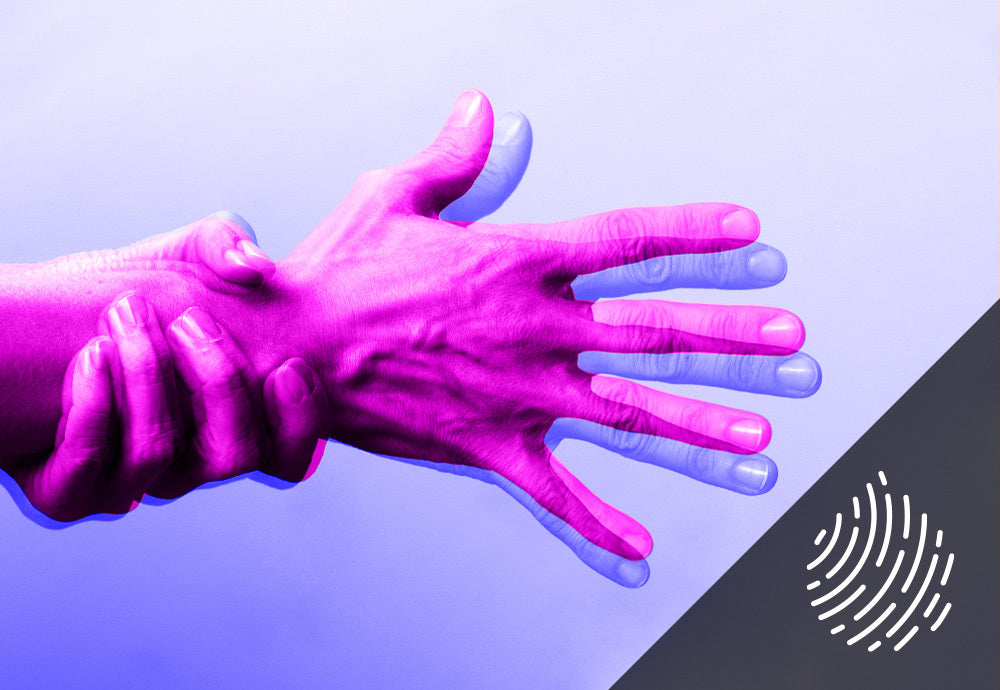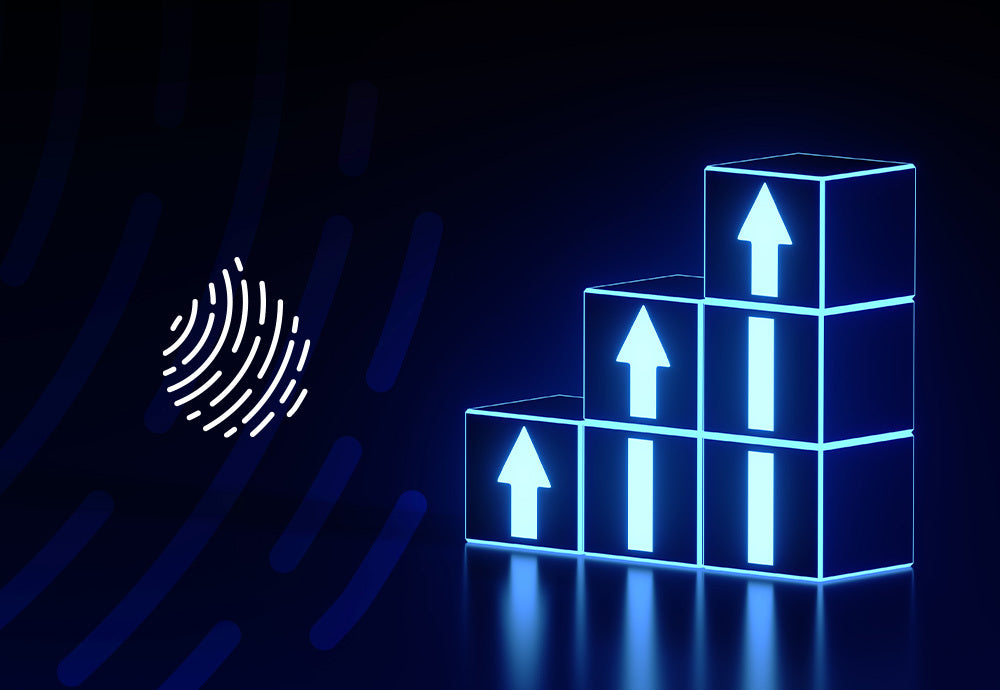Your Cart is Empty
FREE SHIPPING ON ORDERS $70+ | SATISFACTION GUARANTEED
It’s that time of year again! Daylight Savings is upon us and — be honest — it’s not always the easiest thing to adjust to. If you feel this way, too, you’re not alone.
Let’s see if we can unwind the struggle and find healthful ways to tick forward.
The US first implemented Daylight Savings in March of 1918. Its original intent was to “preserve daylight and provide standard time for the United States” by moving the clocks forward an hour in Spring and back an hour in Fall.
DST has always suffered unpopularity. This led to a federal repeal of the law, which deferred the option of observing DST to the states. Most states are still on the Daylight Savings bandwagon. However, several states are proposing or passing legislation to do away with DST.
Because it’s still unpopular. And super disruptive to many people, businesses, and other organizations.

Yes, we’re jumping right in and stating that DST can be a real stinker. Not to be unduly negative. But because it can and does cause real issues.
It may be quick and simple to set your swanky timepiece forward or backward an hour. But that def doesn’t mean it’s just as easy to shift your life.
Now, how the time change impacts you and how long it’ll take you to adjust is highly personal. It can depend on things like your health, lifestyle, and more. In general, though, experts believe that it’s harder to deal with “losing” an hour from your day than “gaining” an hour.
It all evens out in the end. But on the day that we skip an hour, we’re experiencing a 23-hour day. So, yah, you’re really functionally losing a whole 60-minute chunk. (And your sleep-deprived, addled self doesn’t care at that point that you’ll get a 25-hour day when you switch the clocks back in the Fall.)
You probably know from your own experiences that DST mucks with your mind and body. This is largely due to us getting off-kilter with our circadian rhythms.
Our bodies are naturally tuned in to the ebbs and flows that accompany daily light and dark cycles. Historically, plants and animals rose and slept with the rising and setting of the sun. This circadian system is involved in regulating our sleep cycles, various hormones, biological processes, and more.
When we get out of sync, we can have issues with:

All that stuff above is interesting and everything. But what you really want are actionable ideas for beating the DST hangover. We scoured the web — and our very own brains — to distill a best-of-the-best list for you.
(OK, sometimes it was more like a most-of-the-most. But if a suggestion is repeated a lot, it must be tried and true. Right?)
Anyway, here are some easy things to try.

Why yes! CBD has lots of benefits. It stands to reason, then, that it could lessen the negative impacts of Daylight Savings on health and wellness.
You can incorporate CBD oil products into your I’m-gonna-beat-the-DST-blues plan. CBD is touted for its calming or restorative properties — so it could be a sensible fit for an all-out attack on the adverse effects of Daylight Savings.
Here are several possible methods for using CBD that jive with our Tips.
Daylight Savings Time has proven adverse effects on our health. There are tons of great tips on how to minimize the negative effects. Incorporating CBD oil into your DST-transition plan may help the adjustment go more smoothly.
BEAT DST WITH CBD — SHOP NOW
The cannabis compound CBD has been popping up in Parkinson’s disease (PD) therapy and prevention conversations, propelled by success stories from p...
Read More
CBD is one of the most popular supplements on the market today. But you're a savvy consumer. You know just because something is popular doesn’t mea...
Read More
You know delta-8 as "weed-lite" or the "chillest of the cannabinoids." But what about all the potential health benefits of this unique compound? Wh...
Read More